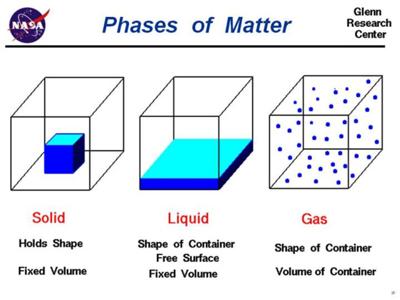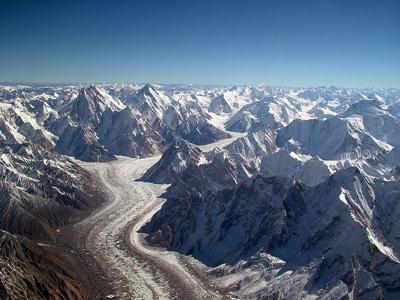is air matter or not?
by Cindy chen
(surrey, BC)
Intro: Here, we examine whether air counts as matter, the scientific reasoning behind it, and some misconceptions about air's physical properties, like mass and volume, which qualify it as matter. Through curiosity and engagement, you can easily learn some practical insights, and maybe some untruths.
Cindy's Question - We did a science fair project about air pressure and testing if it is matter or not. It's for our grade 7 science fair project and is also for marks in school.
We did a few experiments on air pressure to prove that it's matter and not only what makes up the space around us and what we breathe.
Barry's Response - Yes, air is matter because it occupies space and has mass. That answers Why is air matter? Here's what Webster's Dictionary says about matter:
Material substance that occupies space, has mass, and is composed predominantly of atoms consisting of protons, neutrons, and electrons, that constitutes the observable universe, That's only interconvertible with energy if you consider Albert Einstein's general theory of relativity, where he famously said e=mc².
It's pretty broad, and it includes air. What kind of matter is it? Quite a heavy one, actually. All of the air combined weighs a little over eleven million million million pounds (5.1x1015 tonnes). That's a lot!
Air is matter because it has weight and takes up space. When you inflate a balloon, the air inside makes it heavier. You might detect no weight because the air outside the balloon pushes upwards against it, balancing it out.
This outside air presses on the earth's surface and other things at sea level with a force roughly equal to 2100 pounds per square foot, the weight of 33 feet of water.
The pressure drops to half its sea level value at 18,000 feet, about half the altitude of an average jet plane. And the pressure keeps dropping off after that.
Can you tell me how high the atmosphere is? In theory, it could go on forever, but somebody had to draw a line for it to end and outer space to begin. This person was Theodore von Kármán, and he set it at 100 km, which is 62.5 miles.
Here at the so-called "Kármán line", the pressure drops off to 0.3 millionths of the sea level pressure, and flying planes in this air is not possible. The matter up there is too thin, and planes would have to travel so fast they'd end up in orbit anyway.
You might also ask Is air energy? Unless you're Einstein, that answer is no. Matter, like air, has mass and volume, while energy, like heat or light, does not.
And one more thing to remember if you need a little extra self-confidence? You have mass; you occupy space. Therefore, YOU matter.
So, yeah, air's an interesting matter as well. Search this site for more air information now.
Do you have concerns about air pollution in your area??
Perhaps modelling air pollution will provide the answers to your question.
That is what I do on a full-time basis. Find out if it is necessary for your project.
Have your Say...
on the StuffintheAir facebook page
Other topics listed in these guides:
The Stuff-in-the-Air Site Map
And,
Thank you to my research and writing assistants, ChatGPT and WordTune, as well as Wombo and others for the images.
GPT-4, OpenAI's large-scale language generation model (and others provided by Google and Meta), helped generate this text. As soon as draft language is generated, the author reviews, edits, and revises it to their own liking and is responsible for the content.



